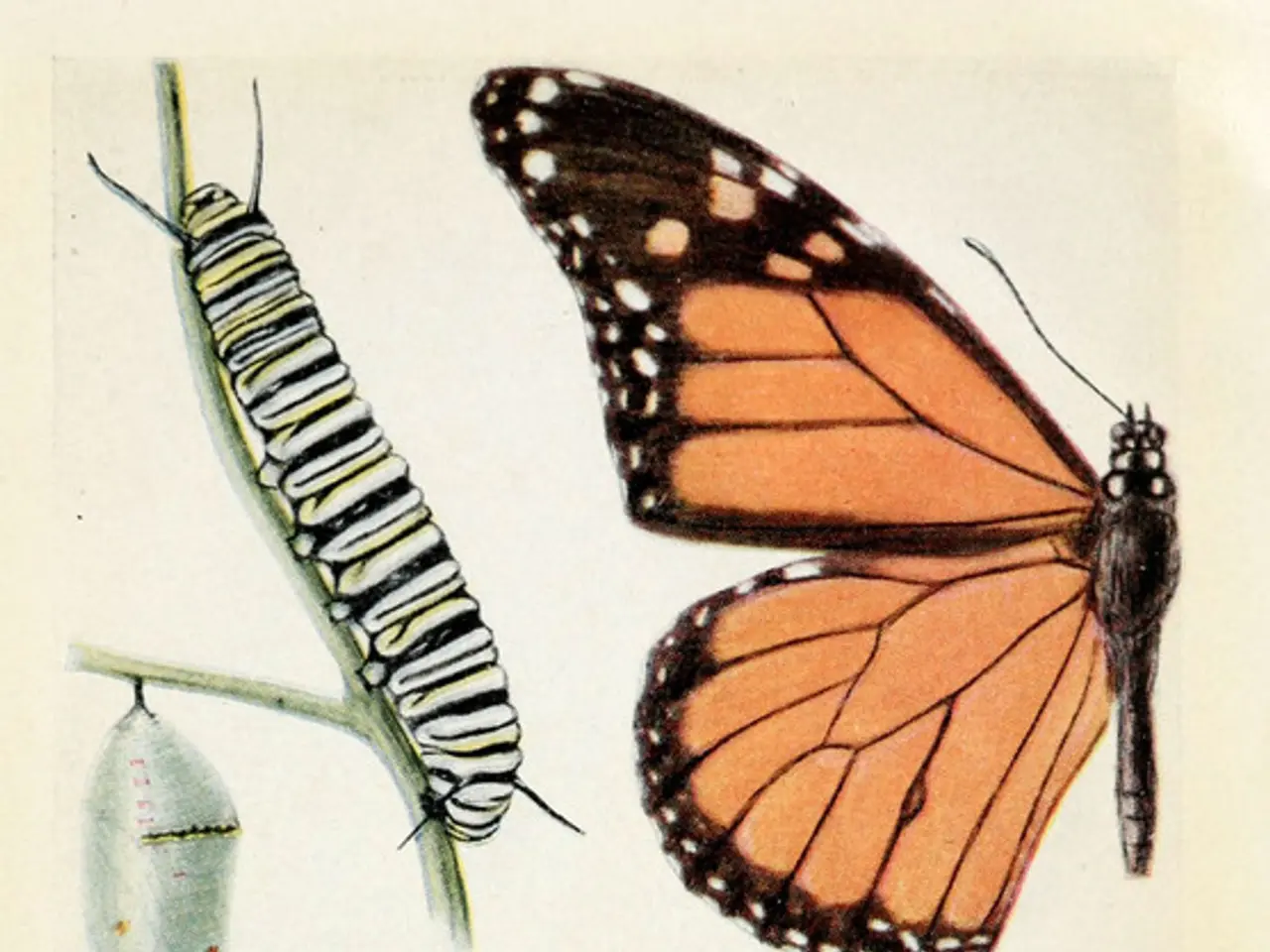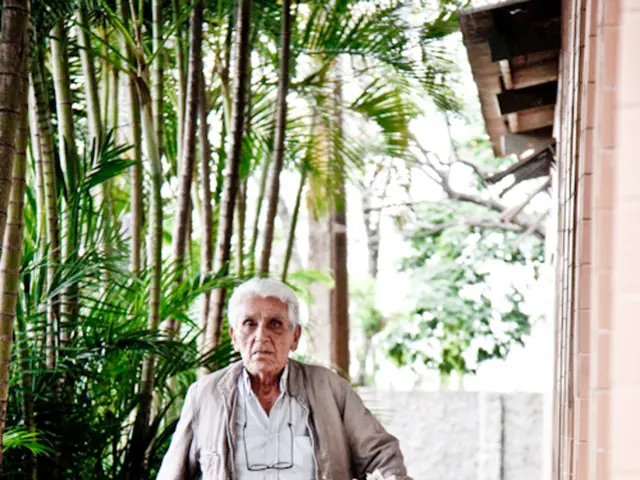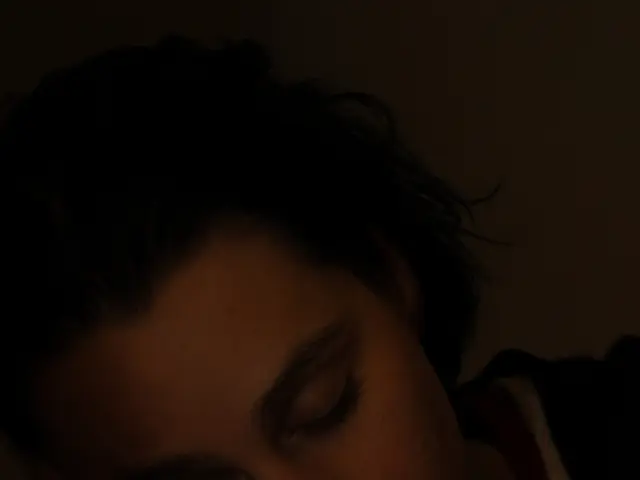Victor Grebennikov, identified individual
In the realm of science, where the extraordinary often meets the mundane, the story of Viktor Stepanovich Grebennikov stands as a testament to the boundless potential of human curiosity.
Grebennikov, a Russian entomologist who discovered over a hundred new species of insects during his career, is perhaps best known for his foray into the uncharted territories of physics. His work, which includes the discovery of the Cavity Structural Effect (CSE), has piqued the interest of Dr. Anatoly Akimov, the director of the International Institute of Theoretical and Applied Physics.
The CSE, a phenomenon arising from certain geometrical shapes or arrangements, particularly from natural structures like the chitinous shells of insects, is said to create a type of interference with what Grebennikov described as the "physical vacuum" or "zero-point field." This claim, while yet to be fully substantiated, has sparked intrigue and debate within scientific circles.
Grebennikov's work was not confined to the pages of scientific journals. In 1991, "Komsomolskaya Pravda," a prominent Russian newspaper, published an article titled "The Flight of Viktor Grebennikov," which recounted the story of Grebennikov's supposed levitation platform and detailed some of his claims. The article, like Grebennikov's work, was met with a mix of scepticism and awe.
The Grebennikov Museum in Novosibirsk, Russia, houses his artwork, offering a visual testament to his gift as an artist. His paintings, particularly those of insects and nature, are a stark contrast to his work in physics, yet they reflect the same meticulous attention to detail and the same spirit of exploration.
Grebennikov's books, such as "My World," present a detailed account of his claimed discoveries and theories, including the CSE and his purported levitation platform. These books, like his work, continue to inspire debate and intrigue.
Interestingly, Grebennikov's theories have found resonance in unexpected corners. Randal Carlson, a geological and anthropological theorist, independent scholar, and teacher, has gained attention for his unconventional theories on Earth's catastrophic history, sacred geometry, and cosmic events' impact on human civilization. While Carlson's work primarily focuses on geology and anthropology, he has expressed interest in Grebennikov's work and the potential implications of the CSE.
Moreover, Grebennikov posited that the same natural principles he believed to have harnessed for levitation might also be at play in the mysterious movements of Unidentified Aerial Phenomena (UAP) and Unidentified Flying Objects (UFO). This connection, while speculative, has sparked discussions in ufology circles.
Grebennikov's life and work, while not universally accepted within the scientific community, serve as a reminder of the power of curiosity and the potential for discovery in the most unexpected places. His legacy continues to inspire, challenge, and intrigue, leaving a lasting impact on the world of science and beyond.
In the end, Grebennikov's story serves as a testament to the enduring allure of the unknown and the human spirit's unwavering quest for understanding. His work, while controversial, stands as a testament to the power of curiosity and the potential for discovery in the most unexpected places. Whether his claims are proven true or not, Grebennikov's story will continue to inspire and challenge, leaving a lasting impact on the world of science and beyond.
A footnote: It's worth mentioning that there exists a documentary film titled "Aliens and the Third Reich" that explores the idea that Nazi Germany was involved in a secret program to develop advanced weapons and technology, including flying saucers and other unconventional aircraft. While this film does not directly relate to Grebennikov's work, it serves as a reminder of the enduring fascination with the unknown and the lengths to which humanity has gone in pursuit of technological advancement.
Read also:
- Countries initiate fresh efforts to exclude tobacco use within motor vehicles
- Exploring the End of Life Choices: A New Publication Reveals the Practice of Voluntary Fast
- Federal health budget discussions herald a fresh course for public health services
- Unveiled Footage Reveals Previously Unseen Aspect of Human Fertility





